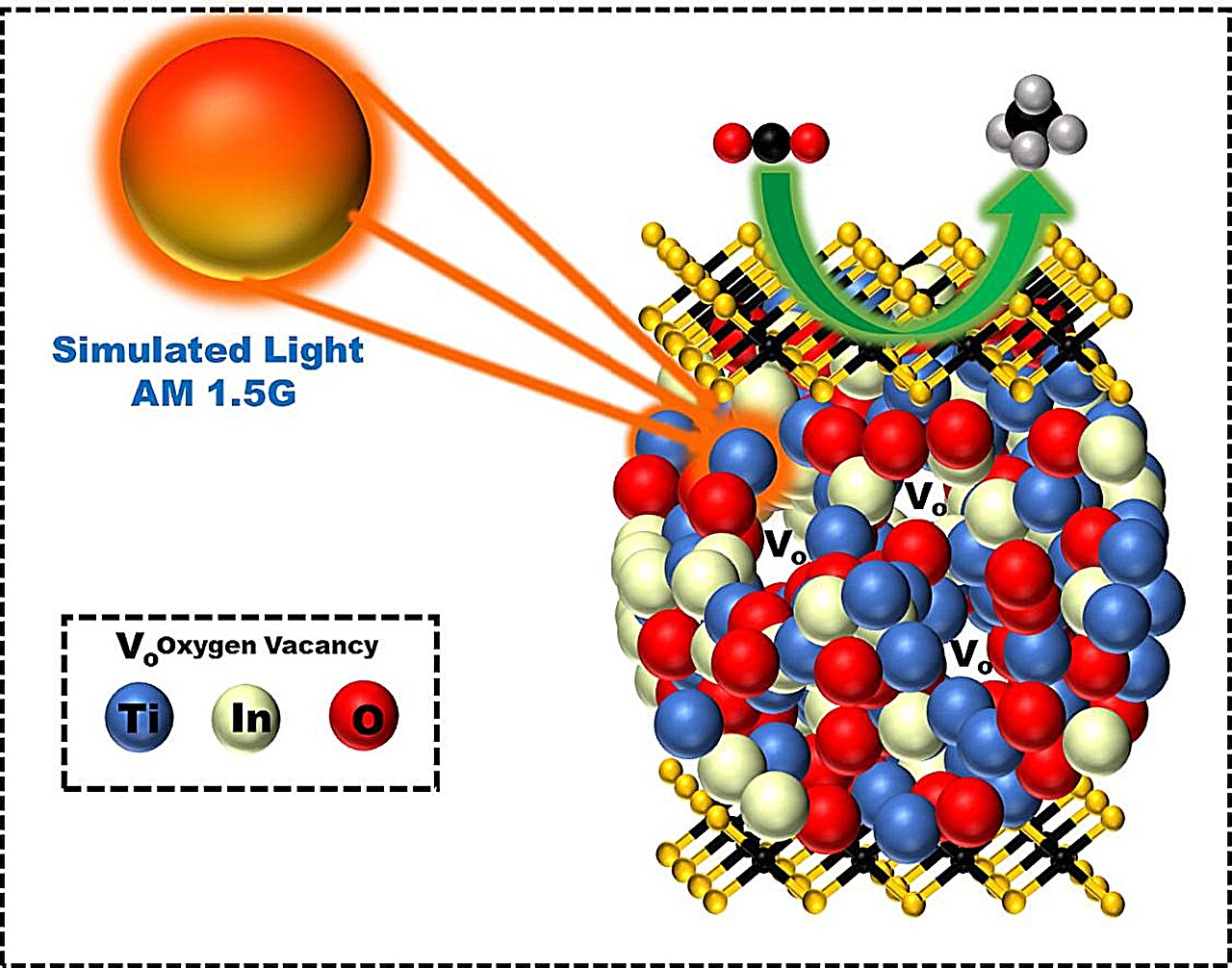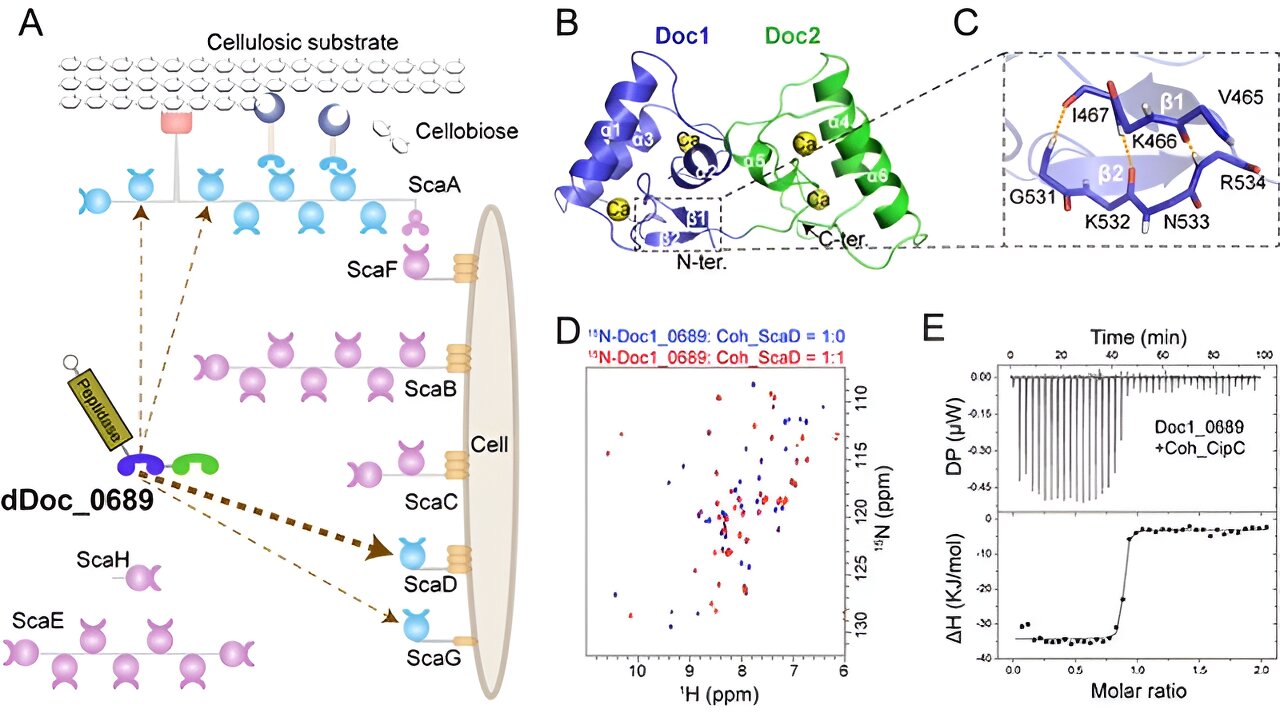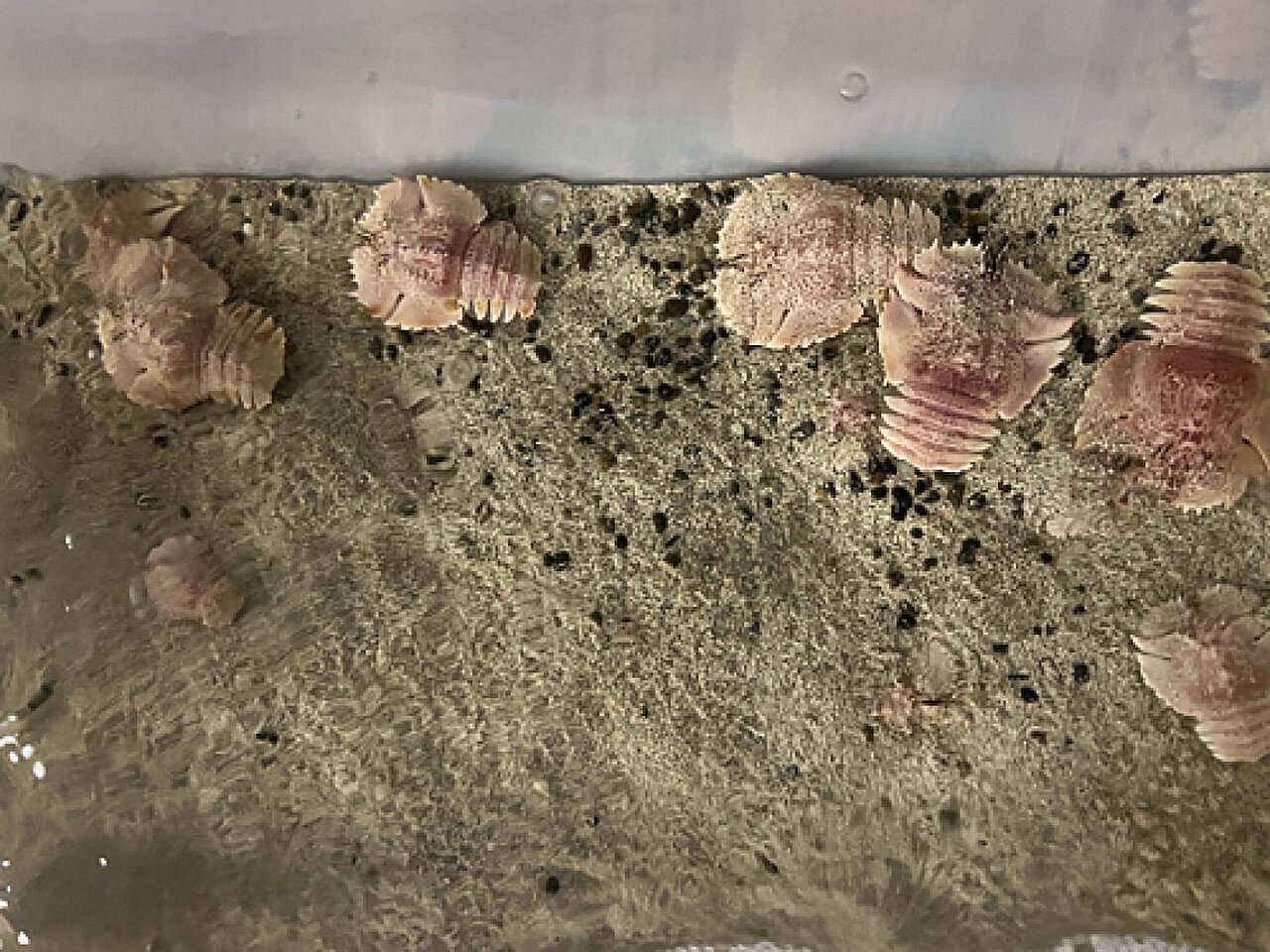When stars destroy and eat their own planets
Credit: NASA/CXC/M.Weiss Our sun is both our best friend and our worst enemy. On the one hand, we owe our very existence to our star. Earth and the other planets in the solar system formed out of the same cloud of gas and dust as the sun. And without its light, there could be no … Read more
















